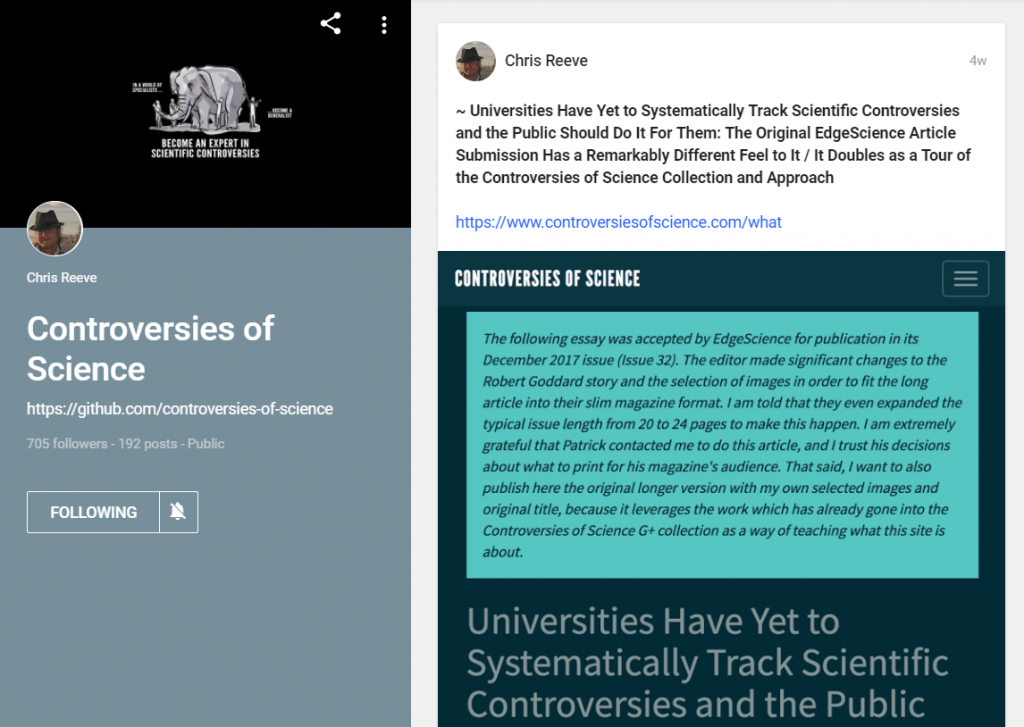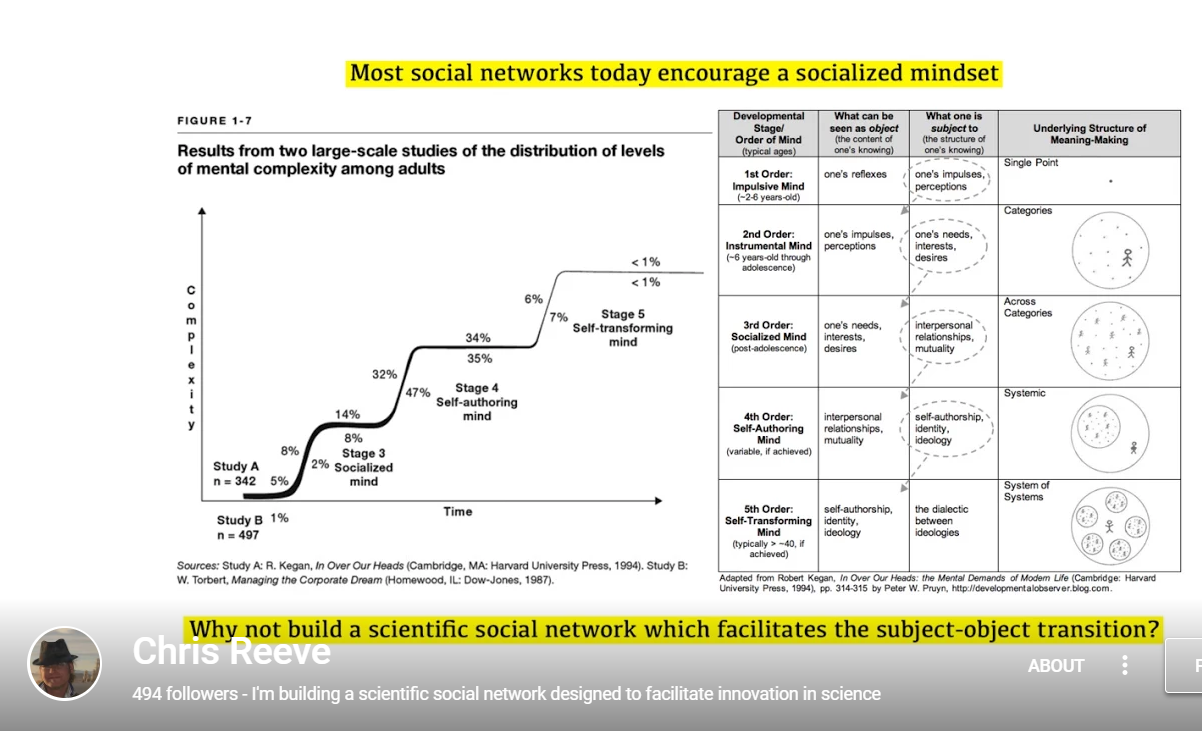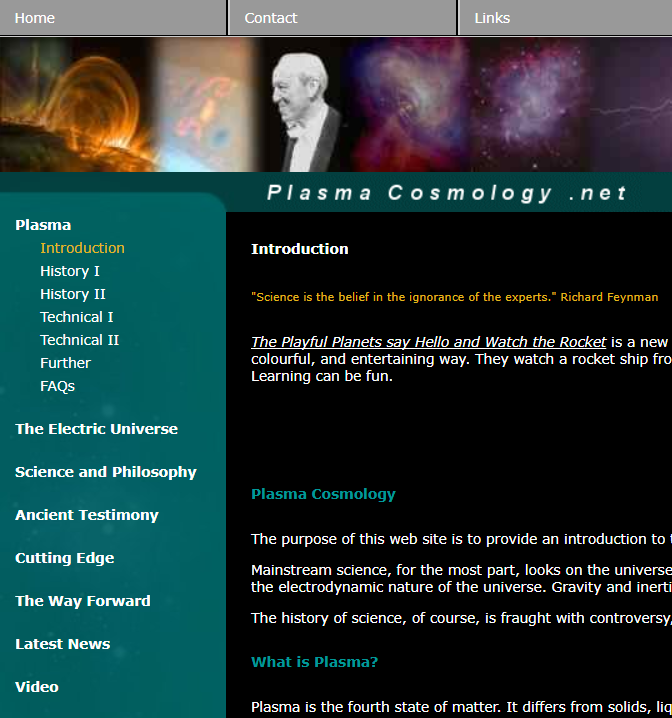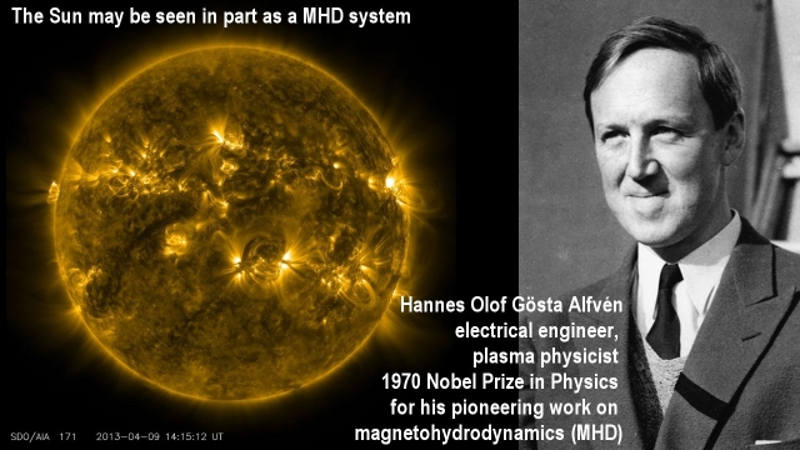Chris Reeve – Controversies of Science
Plasmacosmology.net
Hannes Alfvén
Alfvén’s approach to physics:
Alfvén’s approach to physics was based on insight and intuition. He was quick to understand how nature works and he was able to place new observations into a framework larger than that required to explain the observations themselves. For example, in the early 1930’s, cosmic rays were commonly thought to be gamma rays filling the entire universe. However, when they were discovered to be charged particles, Alfvén offered in 1937 the novel suggestion that the galaxy contained a large-scale magnetic field and that the cosmic rays moved in spiral orbits within the galaxy, owing to the forces exerted by the magnetic field. He argued that there could be a magnetic field pervading the entire galaxy if plasma was spread throughout the galaxy. This plasma could carry the electrical currents that would then create the galactic magnetic field.

Anthony L. Peratt – The Plasma Universe
ThunderBolts – Electric Stars in Focus
Electric Honeycomb
A 17-year-old high school student in Pakistan replicated a physics visualization, and developed results that surprised some older scientists.
In simple terms, an electric honeycomb is formed when certain kinds of electrically charged particles travel between a pointy electrode and a flat one, but in the transmission, they bump into a puddle of oil along the way.
The resultant shape of this bumpy ride is a polygonal pattern, what some physicists also call the rose-window instability because it resembles the circular, stained-glass designs found in Gothic churches. It’s what happens as natural forces work to keep an electric charge moving in an interrupted circuit.
But why is it so intriguing that a bizarre shape pops up? The mystery behind the pattern is that natural forces work to keep an electric charge moving in an interrupted circuit.












